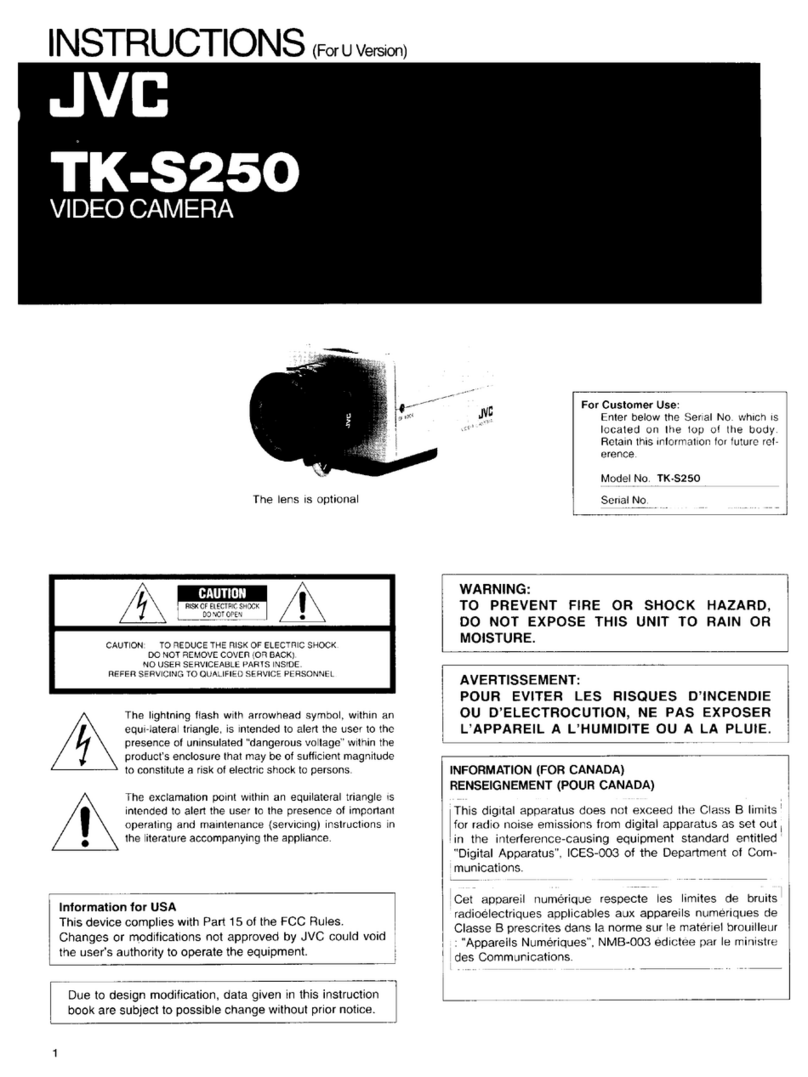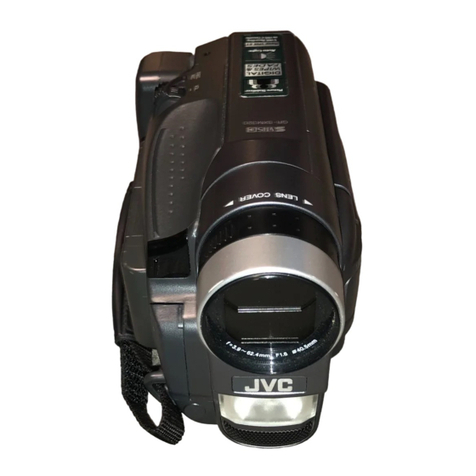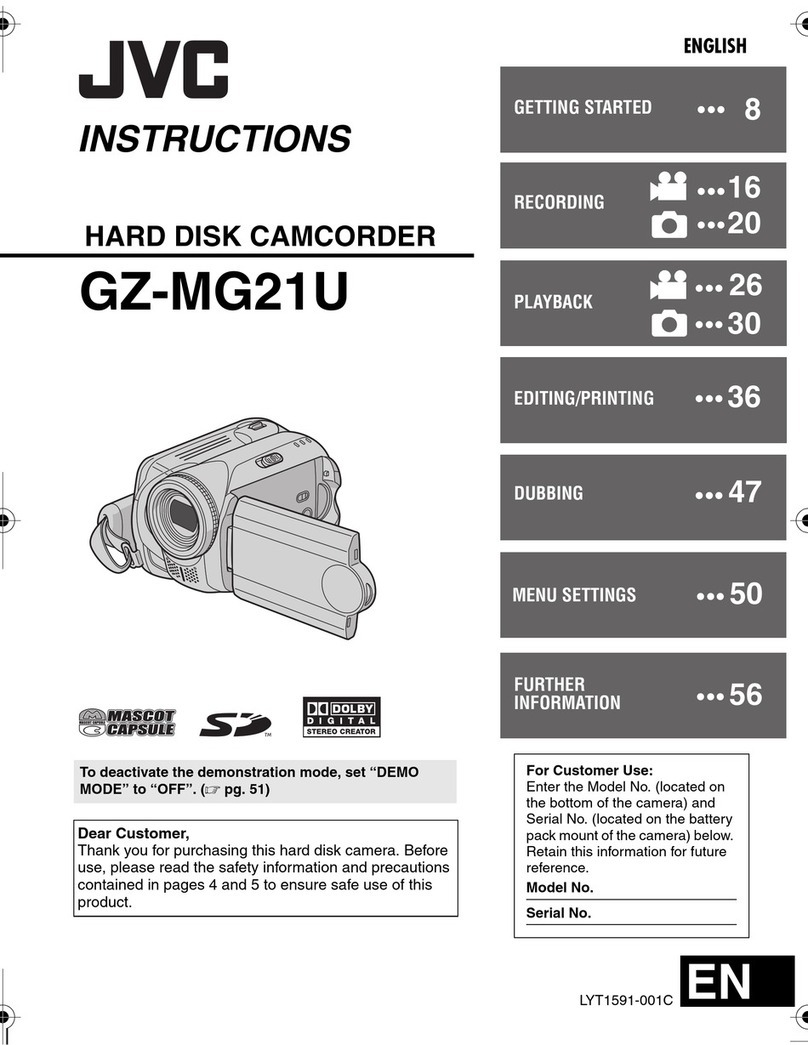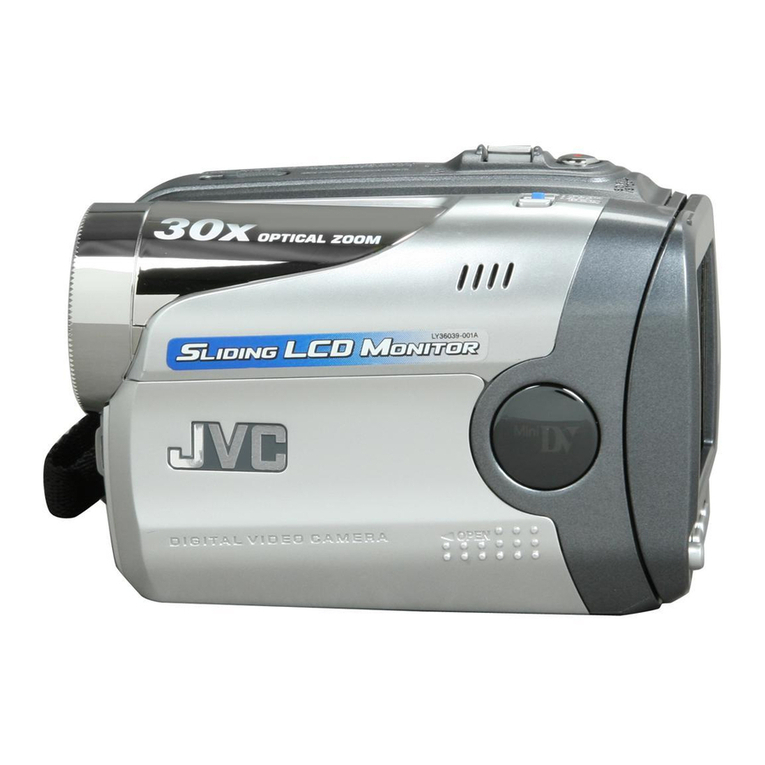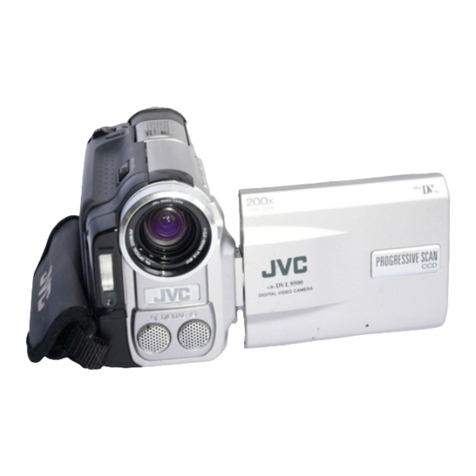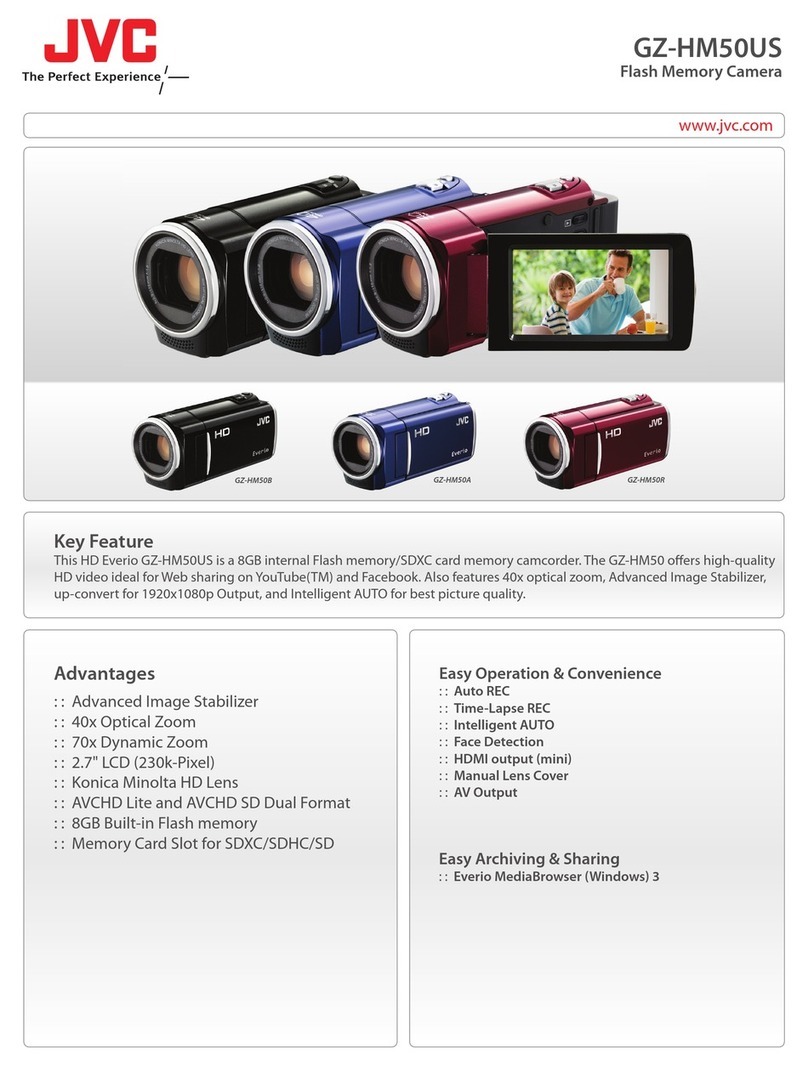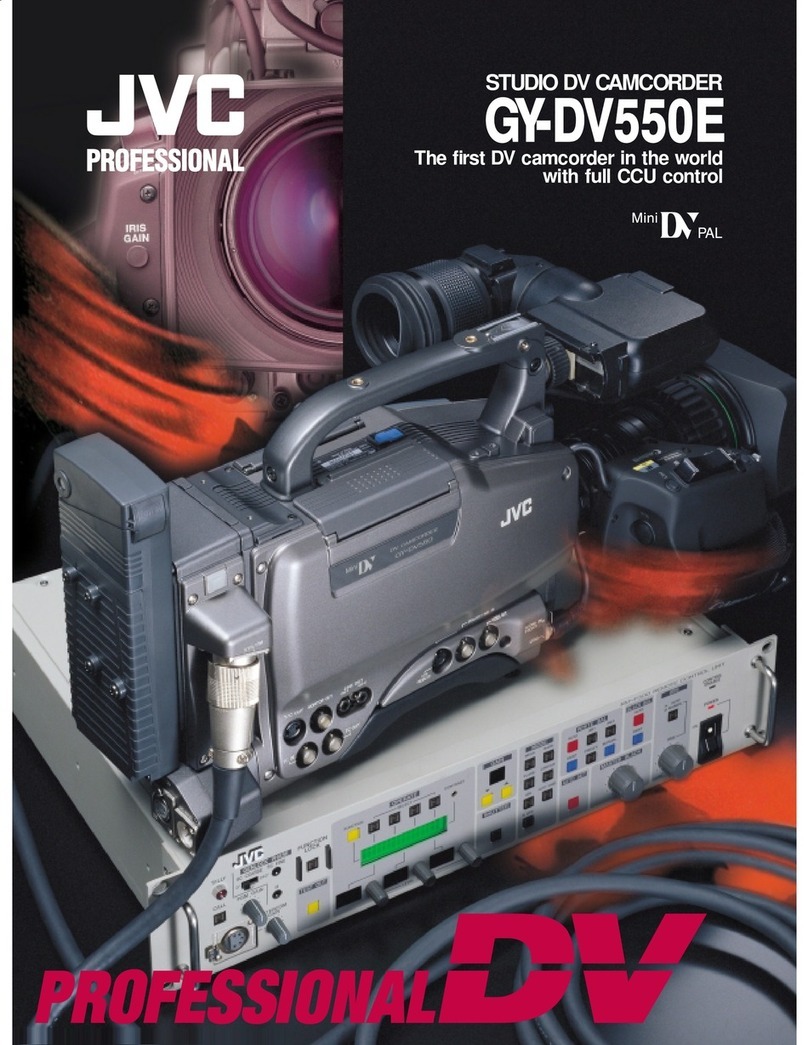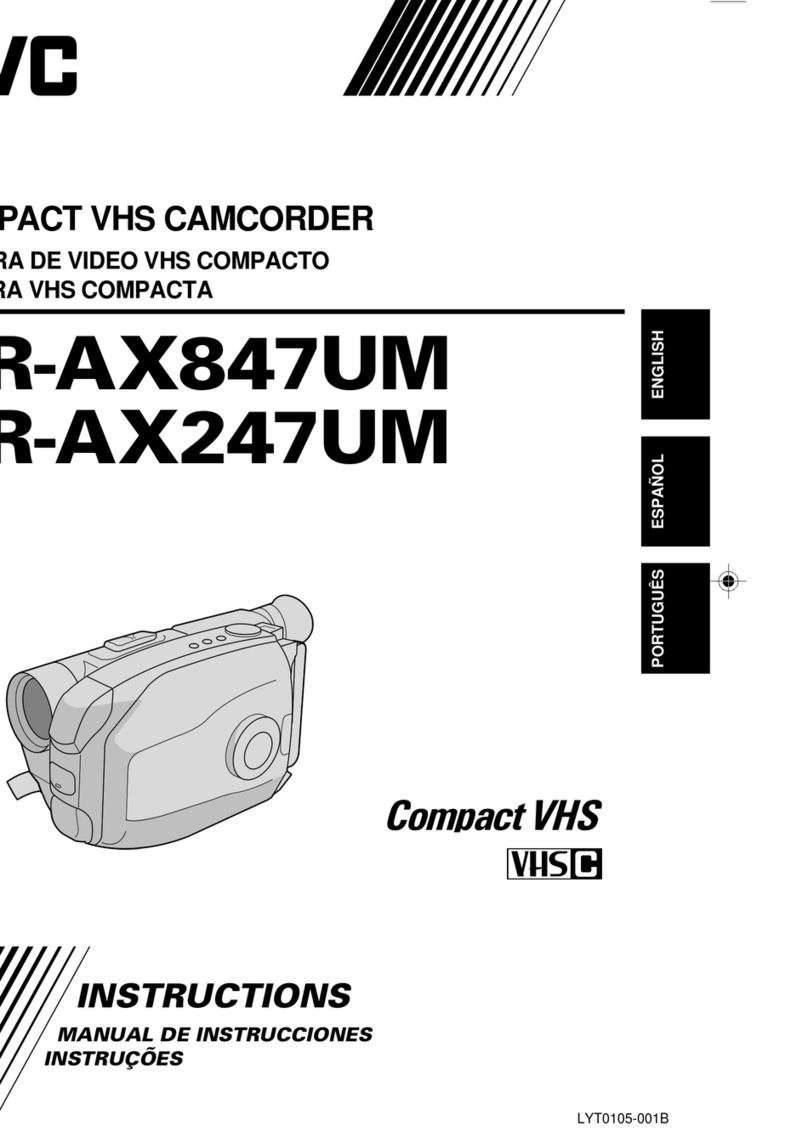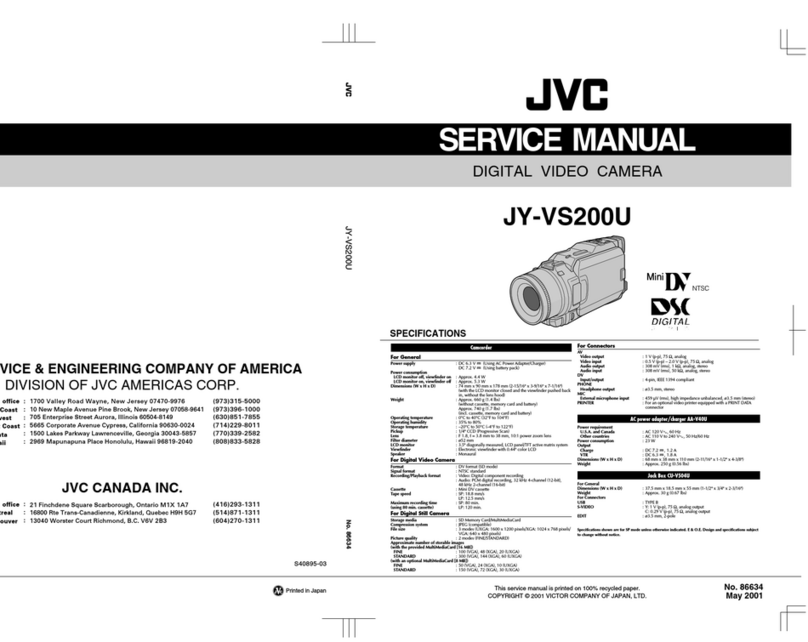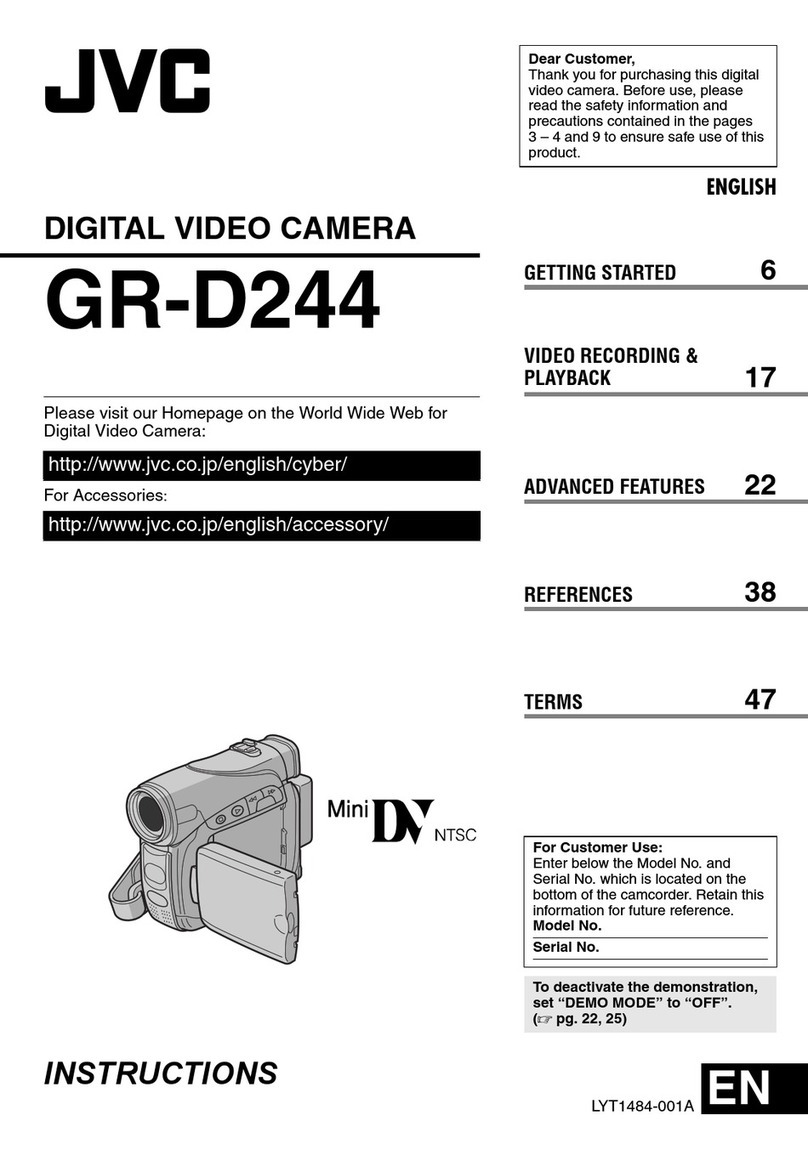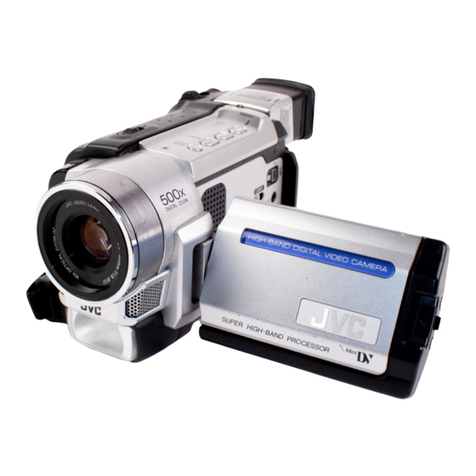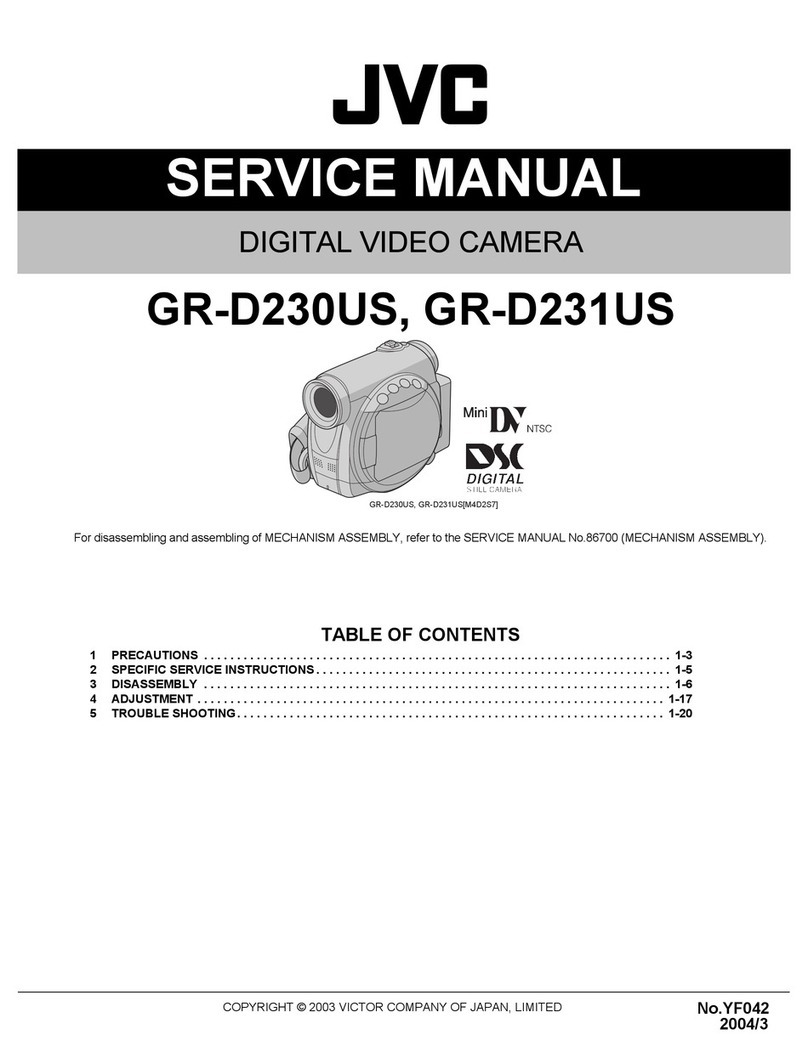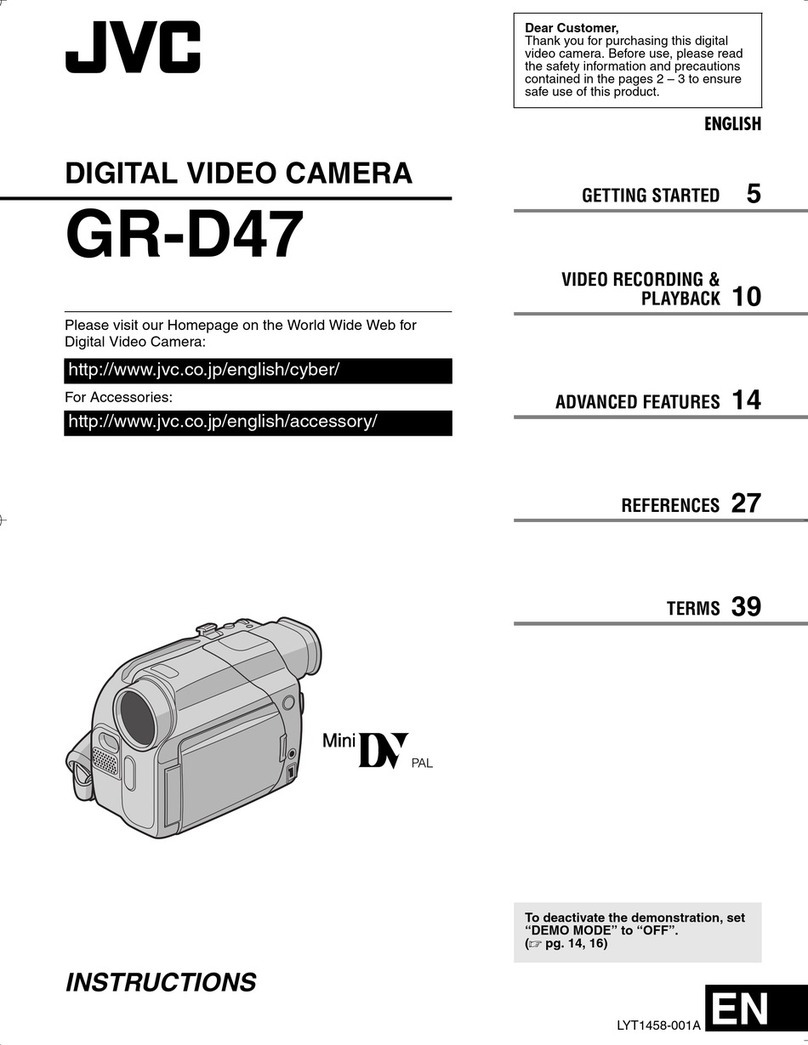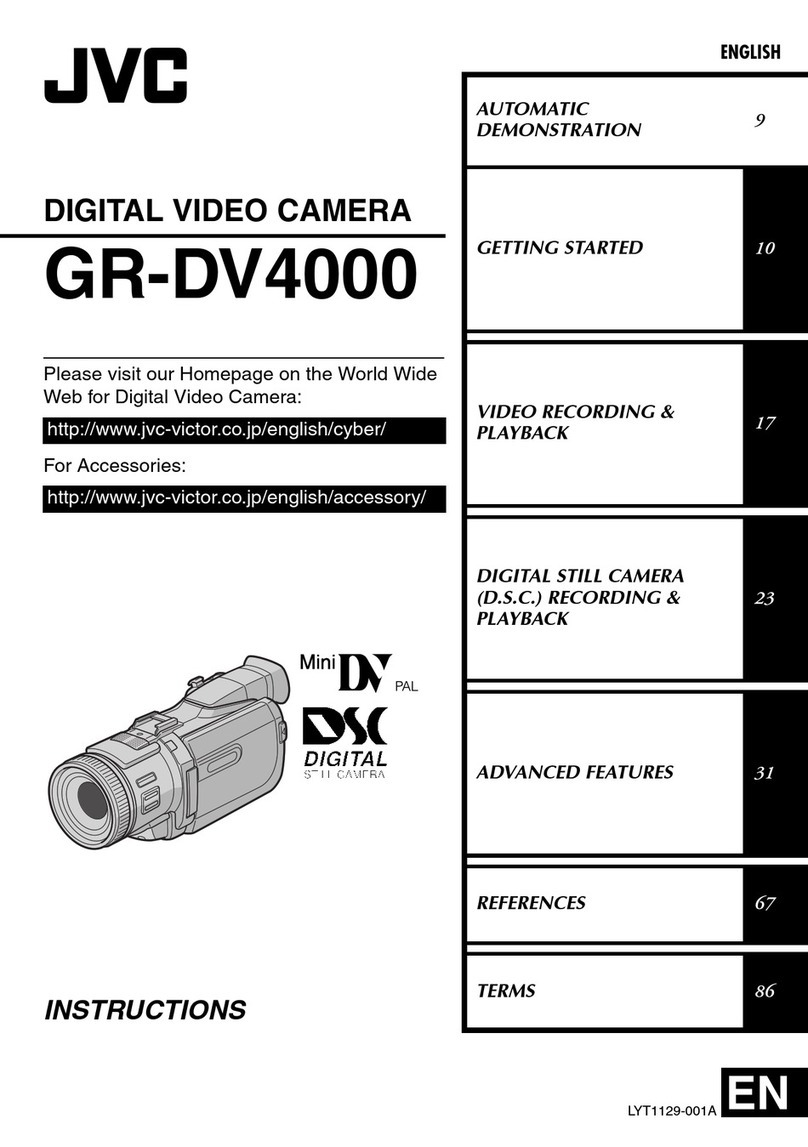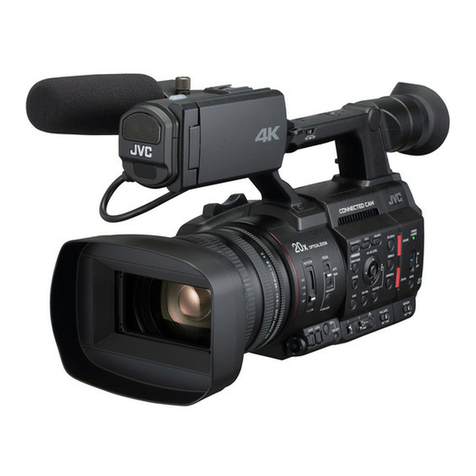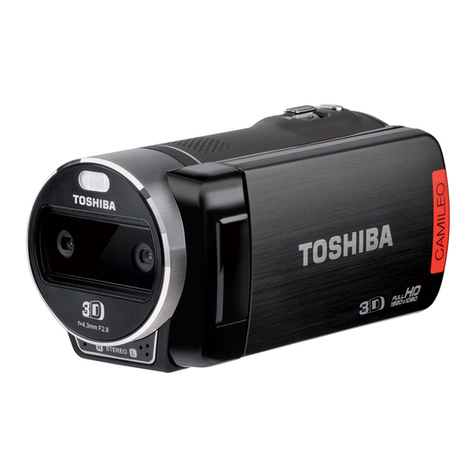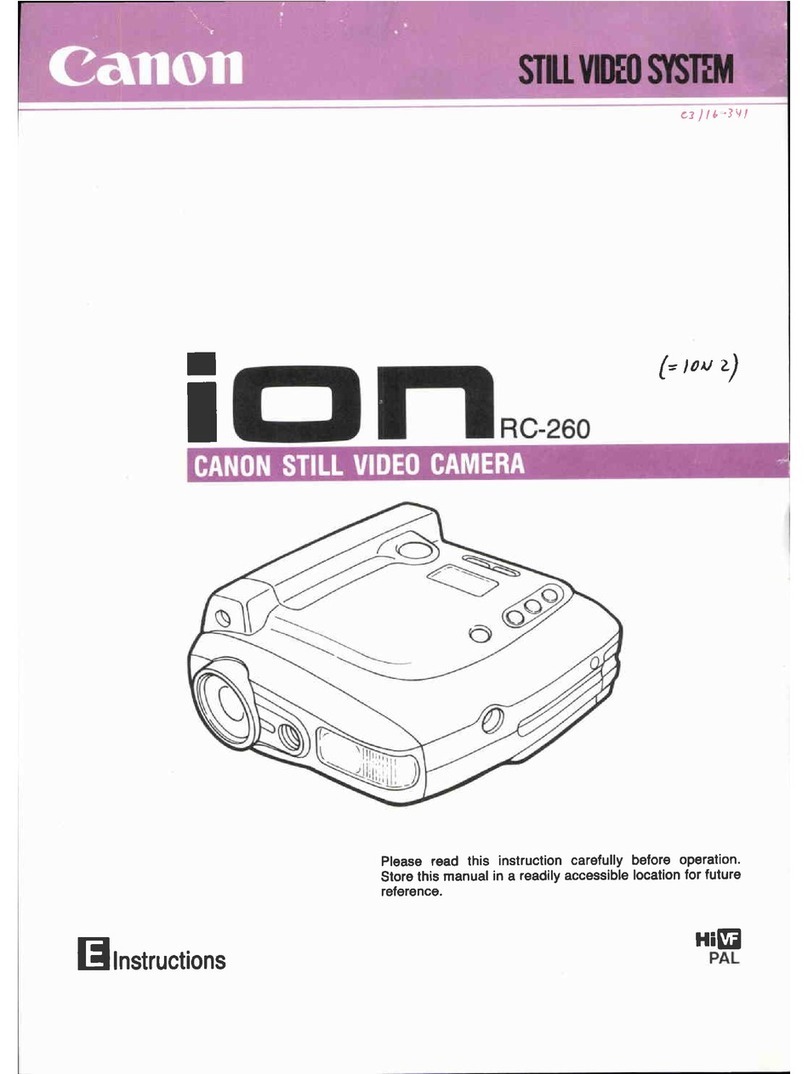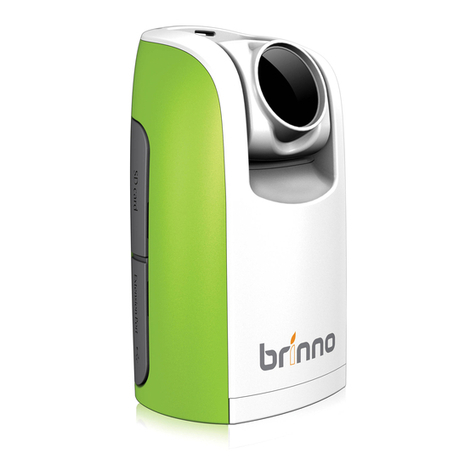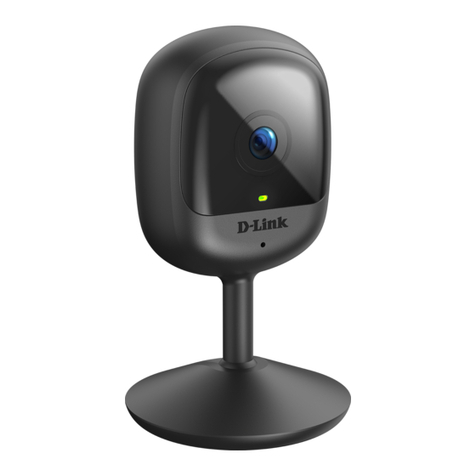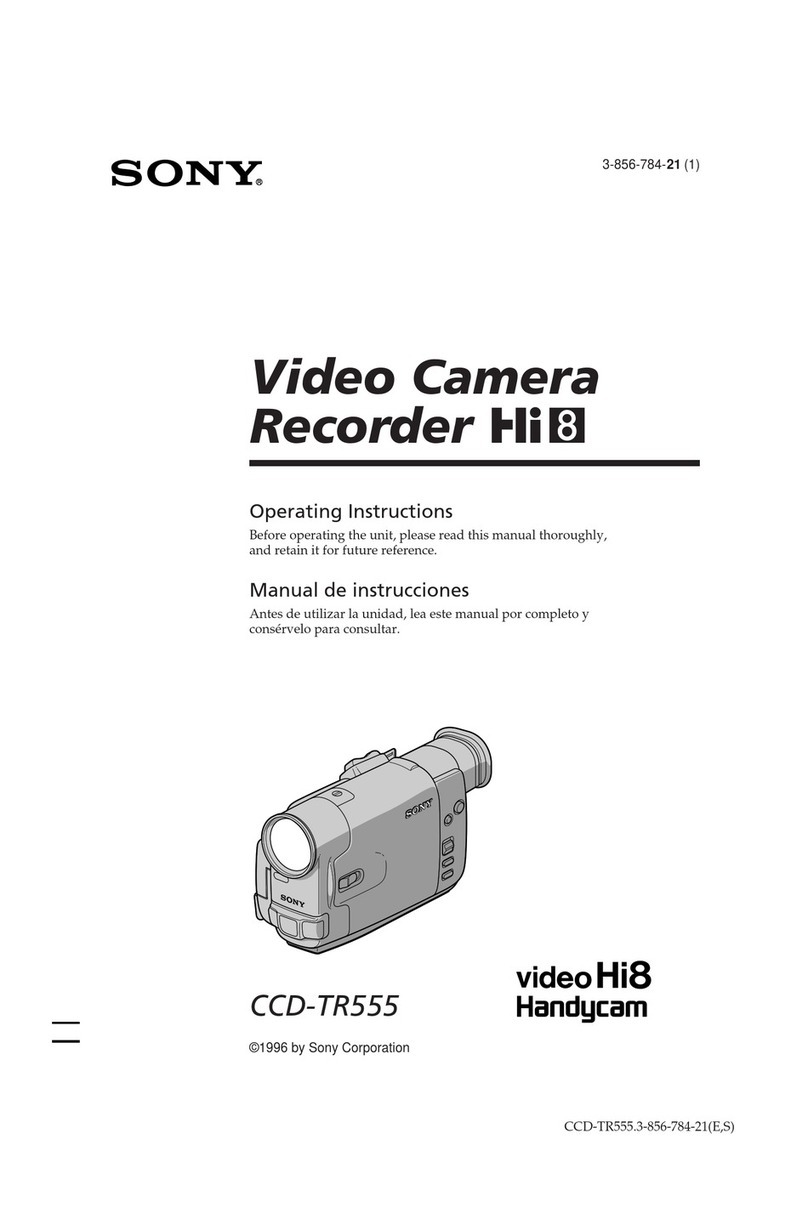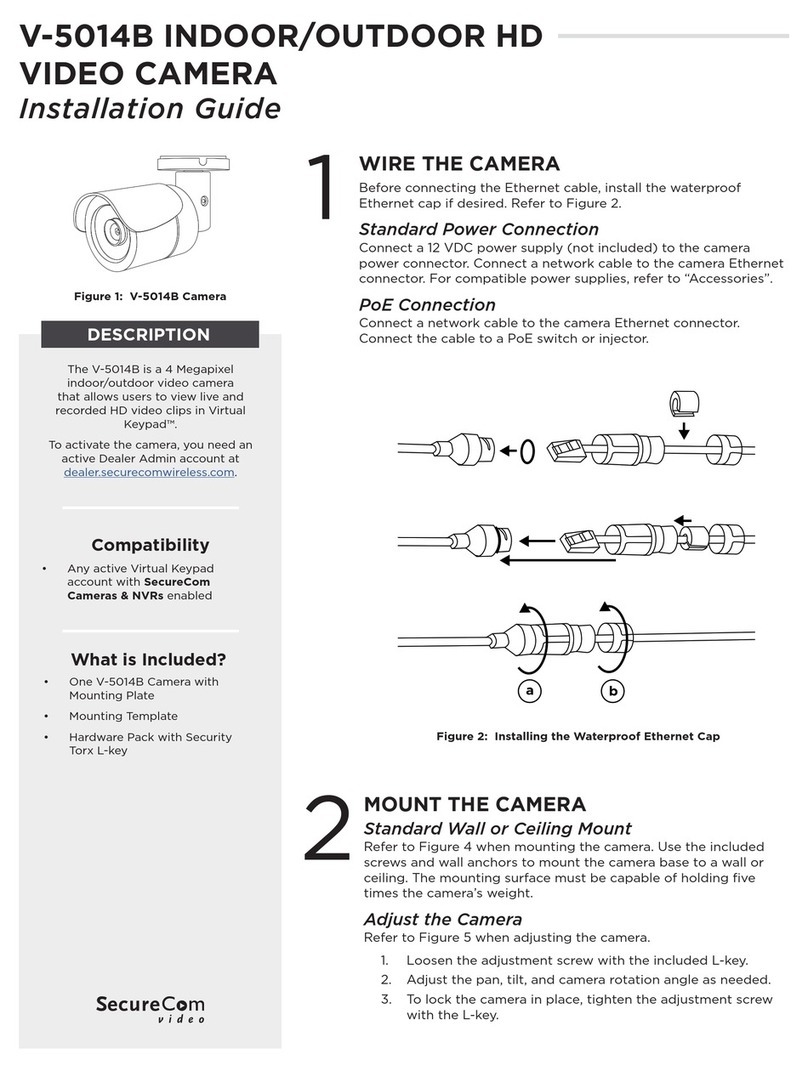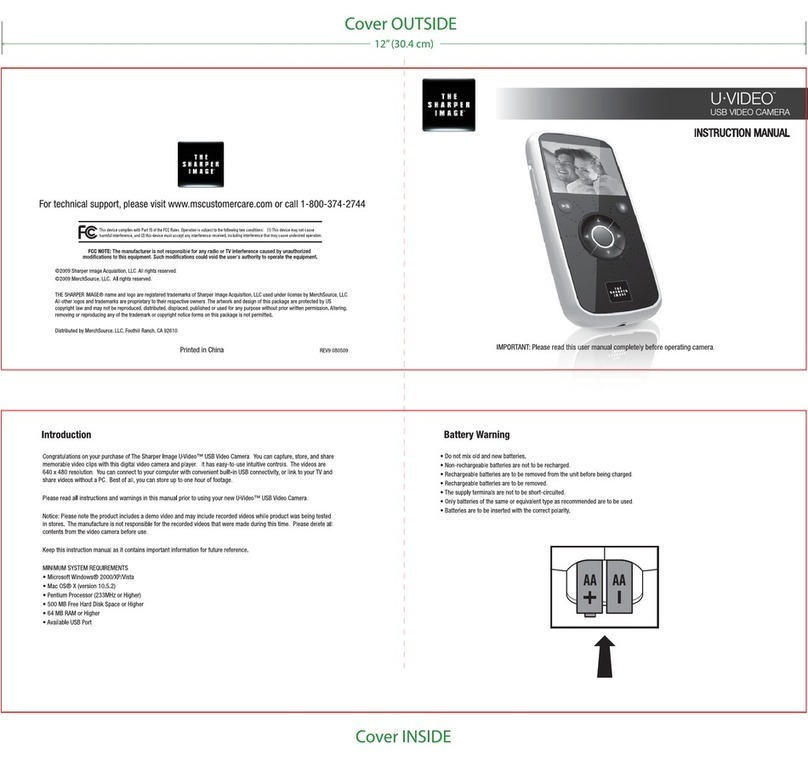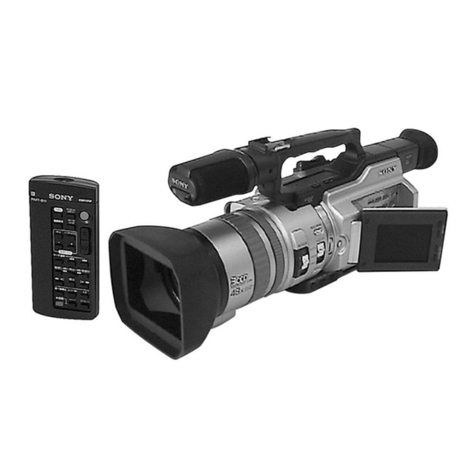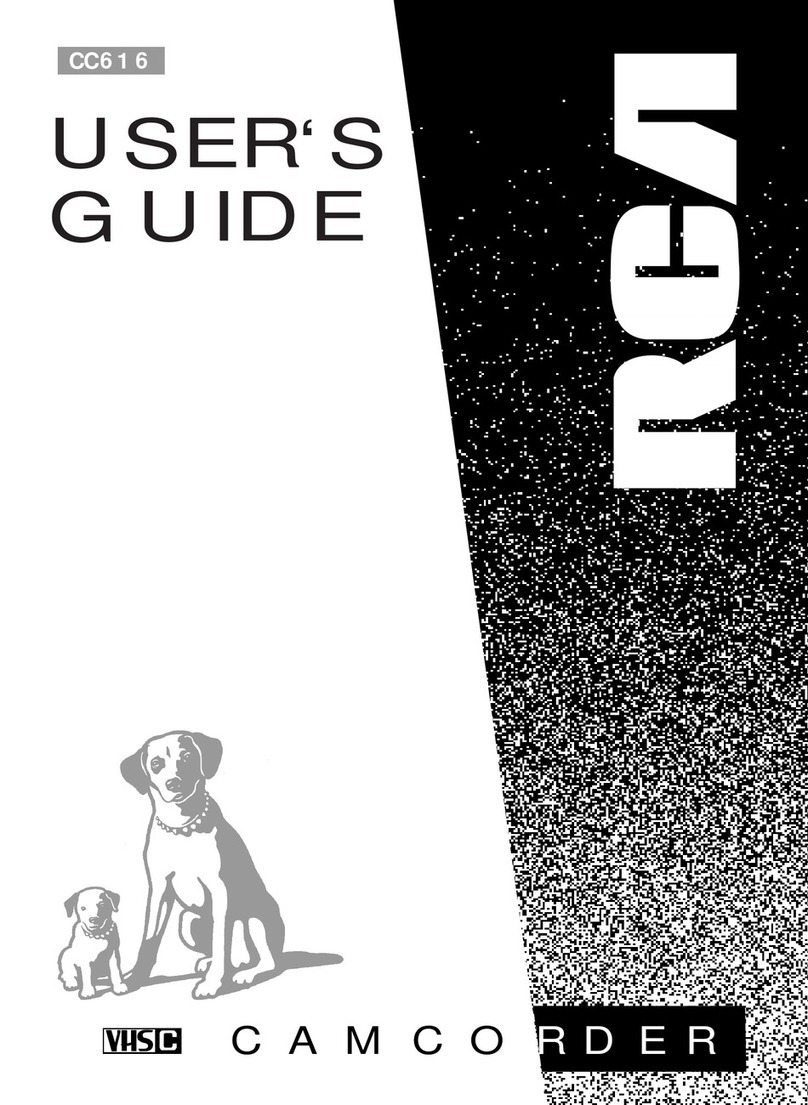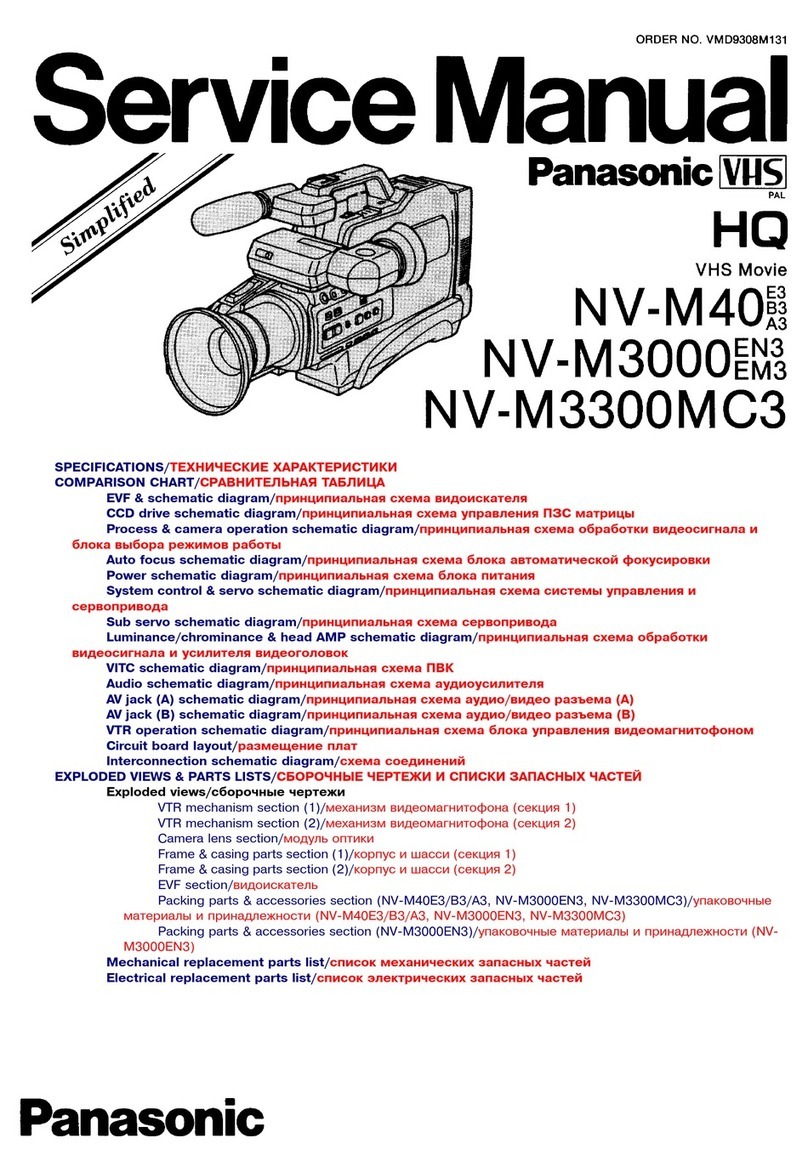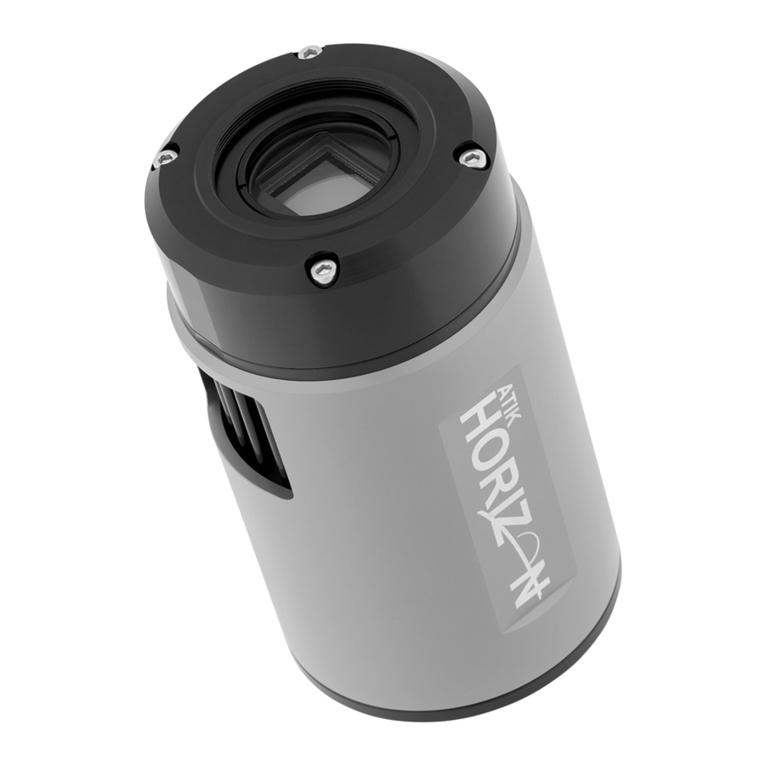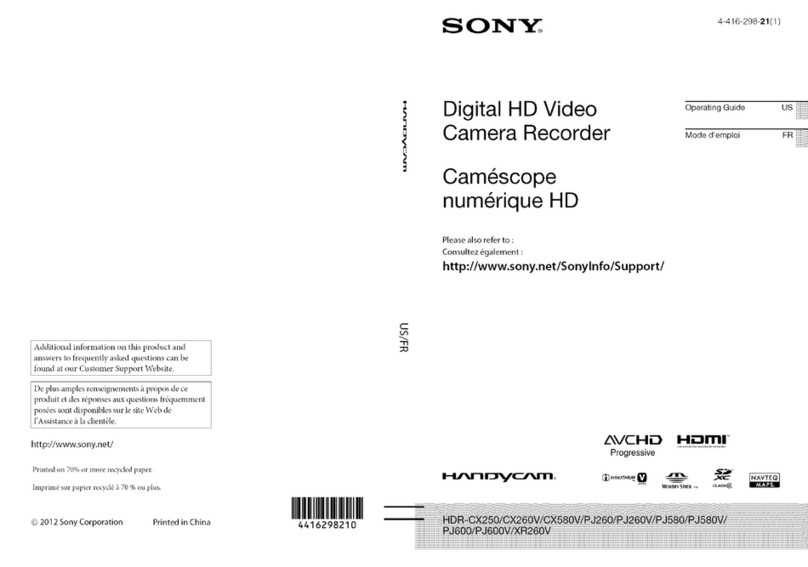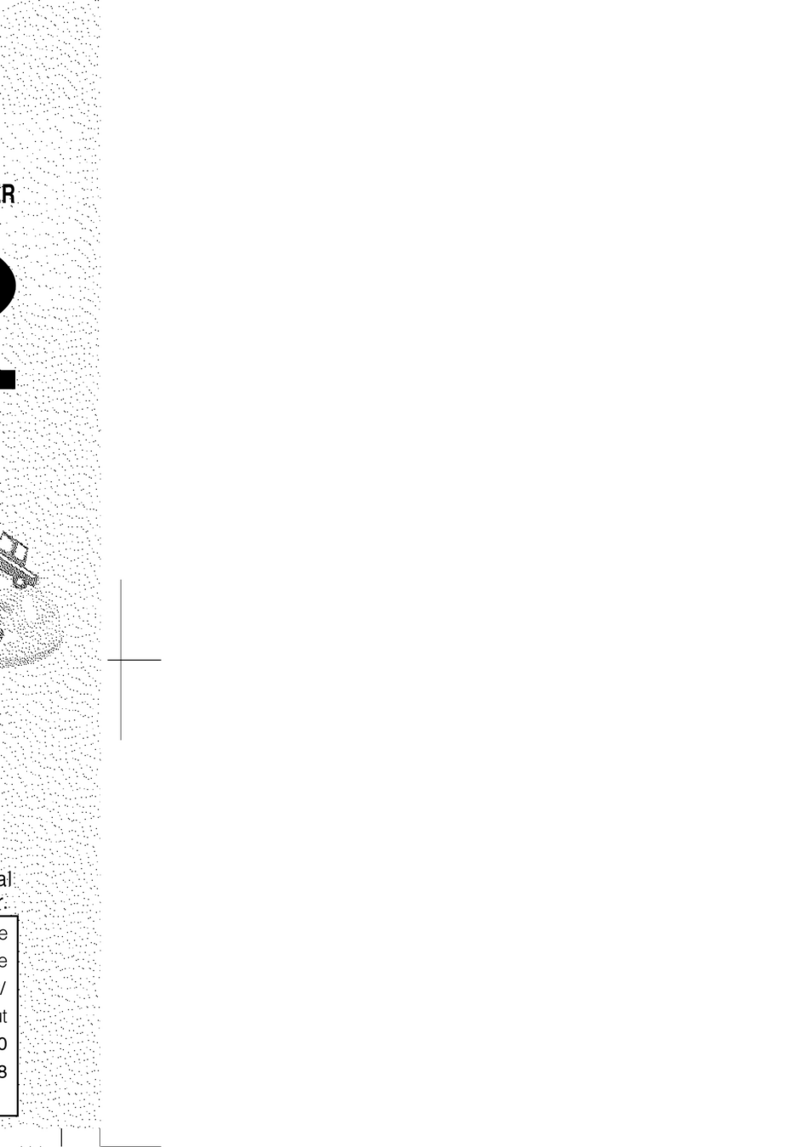
Master Page: Right
—1—
JVC SOFTWARE LICENSE AGREEMENT
The right to use the Program is granted by Victor Company of Japan, Limited (“JVC”) to You only on the
condition that You agree to the following.
Should You not agree to the terms hereof, You may not install or use the Program. HOWEVER, INSTALLING
OR USING THE PROGRAM INDICATES YOUR ACCEPTANCE OF THESE TERMS AND CONDITIONS.
1COPYRIGHT; OWNERSHIP
You acknowledge that all copyrights and other intellectual property rights in the Program are owned by
JVC and its licensor, and remain vested in JVC and such licensor. The Program is protected under the
copyright law of Japan and other countries, and related Conventions.
2GRANT OF LICENSE
(1) Subject to the conditions of this Agreement, JVC grants to You a non-exclusive right to use the Program.
You may install and use the Program on a HDD or other storage devices incorporated in Your PC.
(2) You may make one (1) copy of the Program solely for your personal backup or archival purposes.
3RESTRICTION ON THE PROGRAM
(1) You may not reverse engineer, decompile, disassemble, revise or modify the Program, except to the
extent that expressly permitted by applicable law.
(2) You may not copy or use the Program, in whole or in part, other than as expressly specified in this
Agreement.
(3) You have no right to grant a license to use the Program, and may not distribute, rent, lease or transfer
the Program to any third party or otherwise let them use the Program.
4LIMITED WARRANTY
JVC warrants that any media in which the Program is embodied are free from any defects in materials and
workmanship for a period of thirty (30) days from the date of Your purchasing any our products
accompanying the Program. JVC’s entire liability and your exclusive remedy in connection with the
Program shall be replacement of such defective media. EXCEPT FOR THE EXPRESS WARRANTIES STATED
HEREIN AND TO THE EXTENT PERMITTED BY APPLICABLE LAW, JVC AND ITS LICENSORS DISCLAIM
ANY OTHER WARRANTIES, EITHER EXPRESS OR IMPLIED, INCLUDING BUT NOT LIMITED TO
IMPLIED WARRANTIES OF MERCHANTABILITY AND FITNESS FOR A PARTICULAR PURPOSE IN
REGARD TO THE PROGRAM AND THE ACCOMPANYING PRINTED MATERIALS. SHOULD THERE BE
ANY PROBLEM ARISING FROM OR CAUSED BY THE PROGRAM, YOU SHOULD SETTLE ALL SUCH
PROBLEM AT YOUR OWN COST AND EXPENSE.
5LIMITED LIABILITY
TO THE EXTENT PERMITTED BY APPLICABLE LAW, IN NO EVENT SHALL JVC AND ITS LICENSORS BE
LIABLE FOR ANY INDIRECT, SPECIAL, INCIDENTAL OR CONSEQUENTIAL DAMAGES WHATSOEVER,
REGARDLESS OF THE FORM OF ACTION WHETHER IN CONTRACT, TORT OR OTHERWISE ARISING
OUT OF OR IN CONNECTION WITH THE USE OF OR INABILITY TO USE THE PROGRAM, EVEN IF
JVC HAS BEEN ADVISED OF THE POSSIBILITY OF SUCH DAMAGES. YOU WILL INDEMNIFY AND
HOLD HARMLESS JVC FROM ANY LOSS, LIABILITY OR COST ARISING OUT OF OR IN ANY WAY
CONNECTED TO CLAIMS FROM ANY THIRD PARTY RELATING TO THE USE OF THE PROGRAM.
ENGLISH
SOFTWARE INSTALLATION AND PC
CONNECTION GUIDE
LYT1315-001A
COPYRIGHT © 2004 VICTOR COMPANY OF JAPAN, LTD.
Printed in Japan
0604HOH-ID-VP
IMPORTANT TO CUSTOMERS: PLEASE MAKE SURE TO READ THIS CAREFULLY BEFORE INSTALLING OR USING
THE SOFTWARE PROGRAM NAMED “DIGITAL PHOTO NAVIGATOR” (“Program”) ON YOUR PC.
M4D6
CONTINUED ON NEXT PAGE
M4D6+DSC_InstaGuide.fm Page 1 Friday, June 11, 2004 9:02 AM
